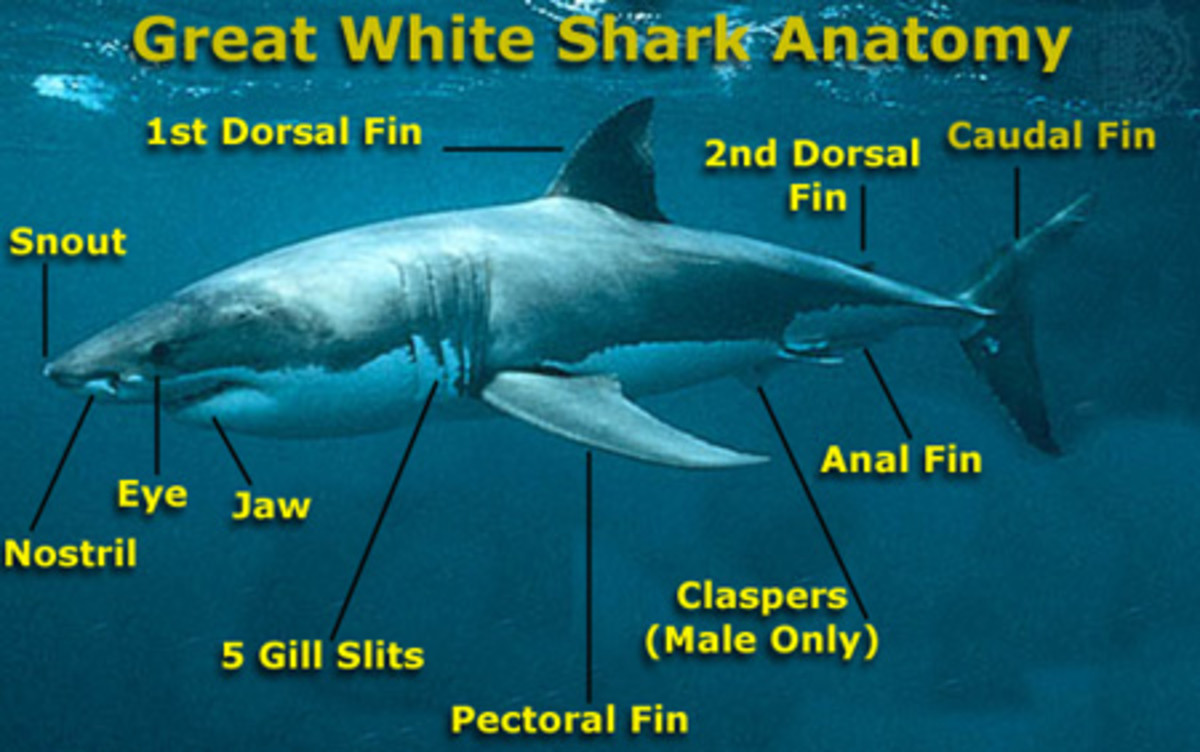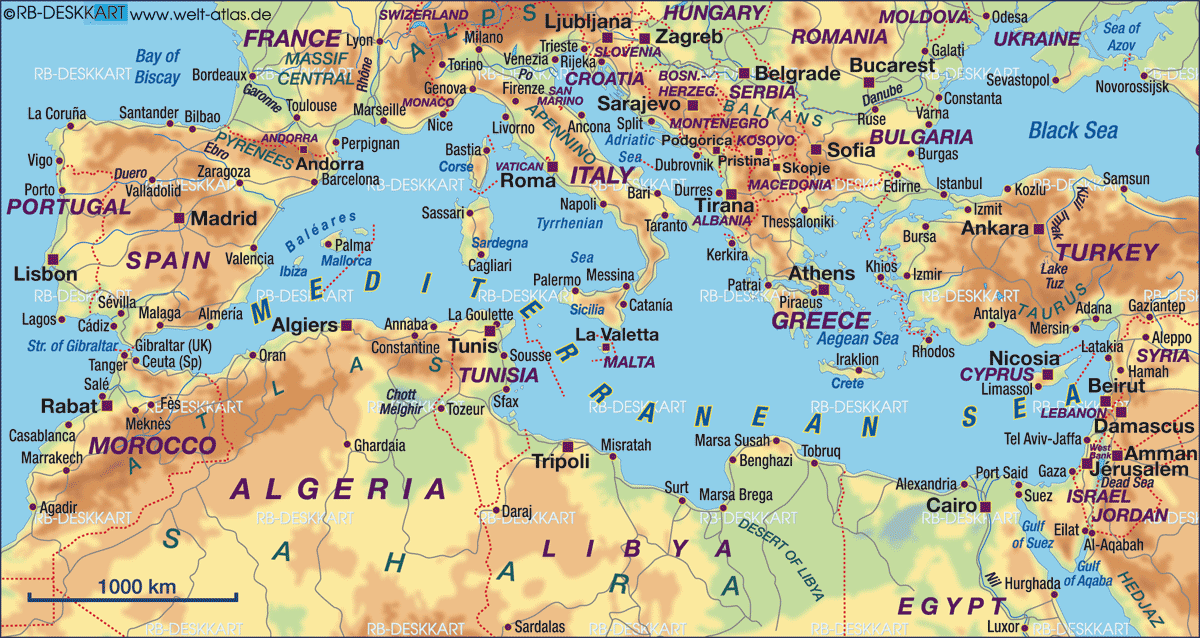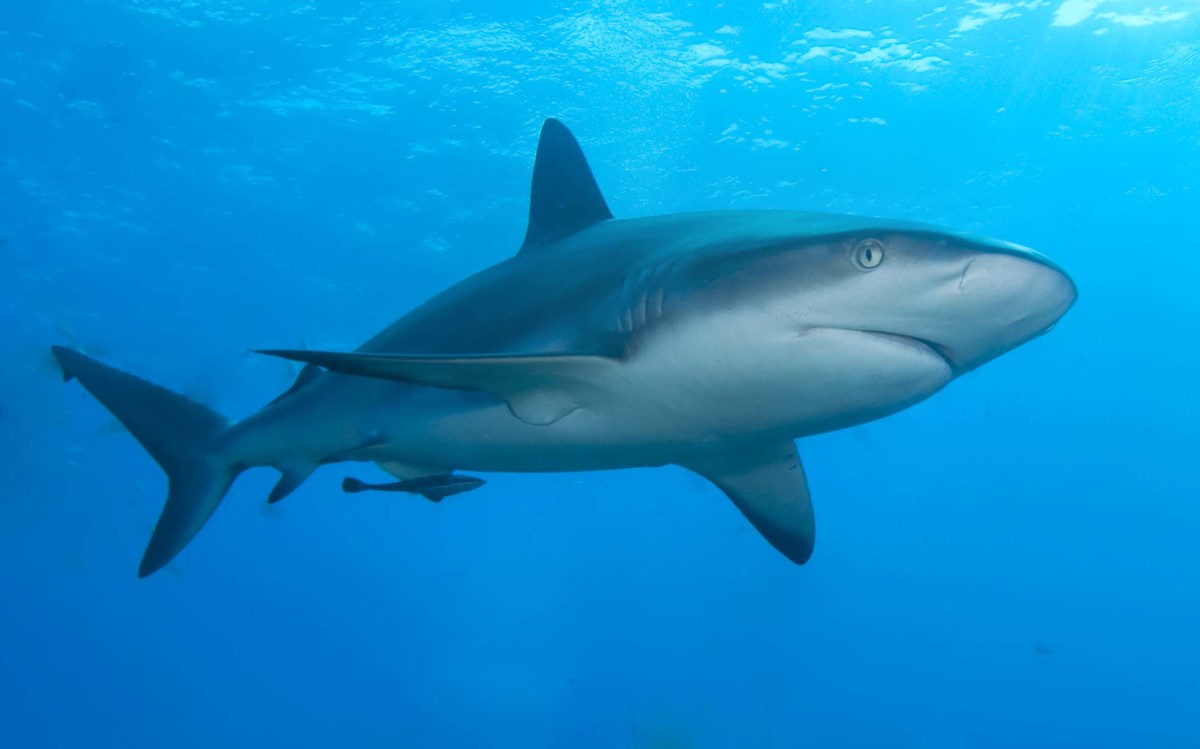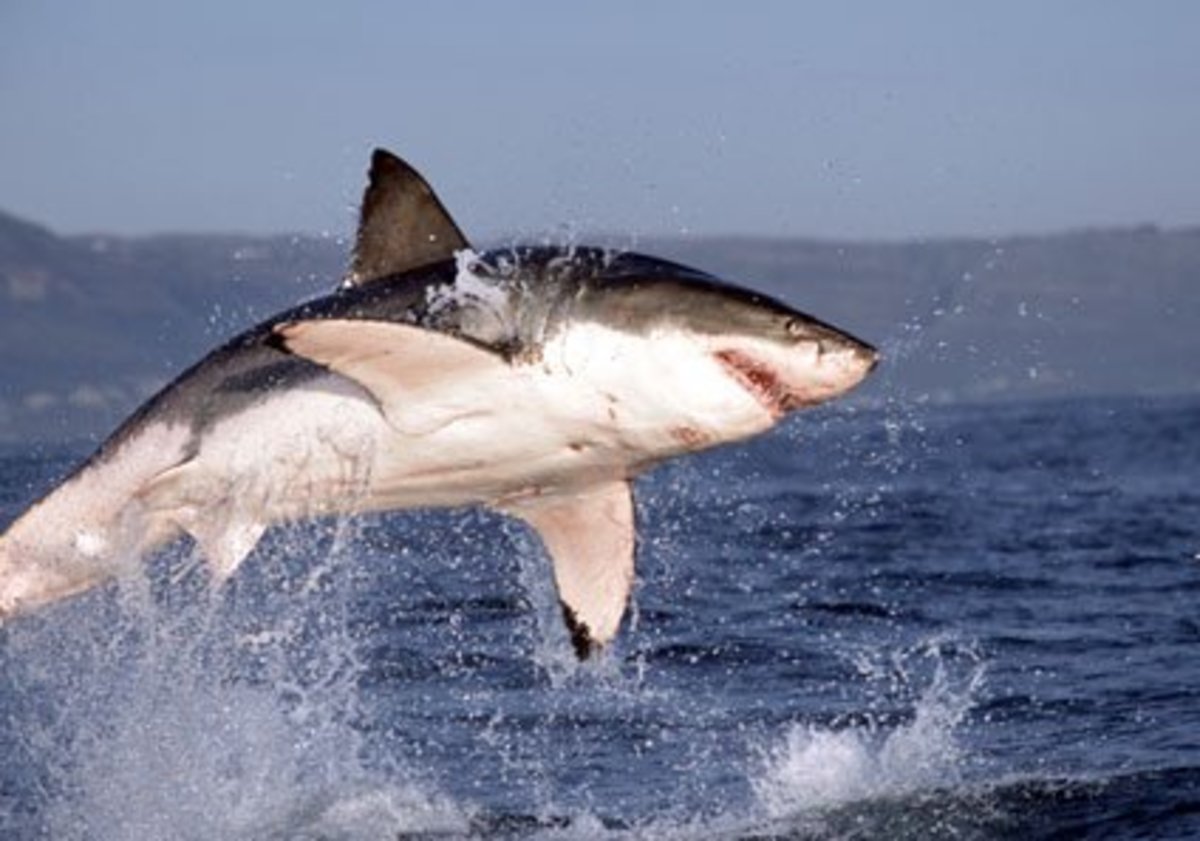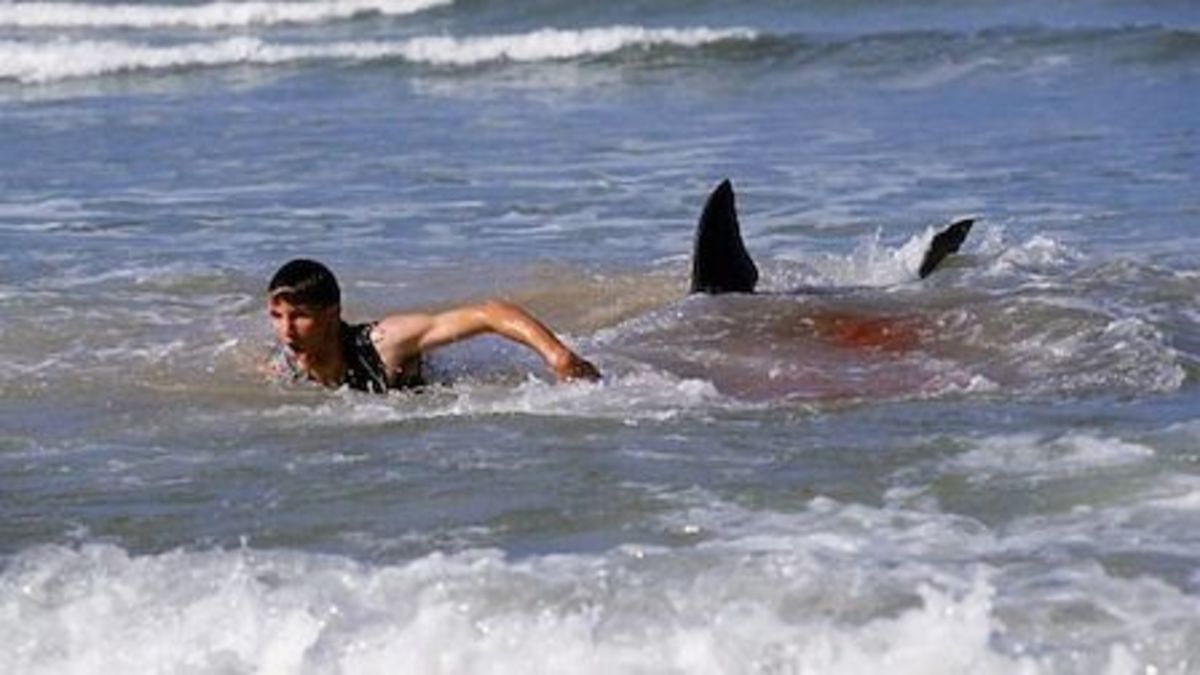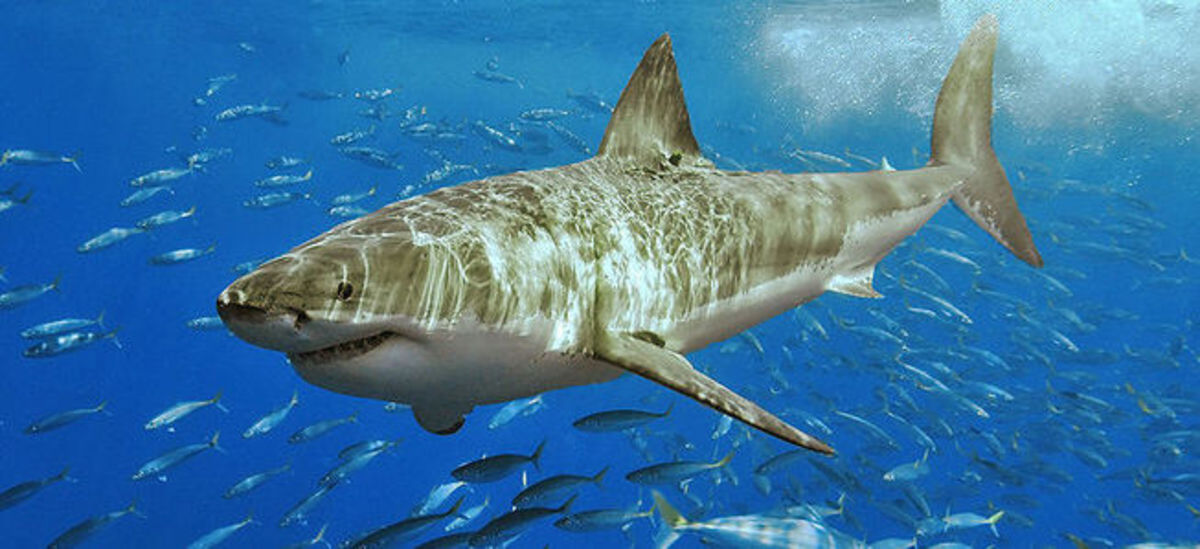- HubPages»
- Education and Science»
- Life Sciences»
- Marine Biology»
- Marine Life
Cage Diving With White Sharks
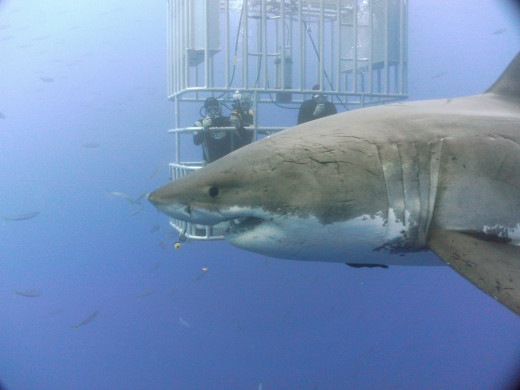
Introduction: Cage Diving with Great White Sharks
Cage diving with Great White sharks is the adventure of a lifetime. I’ve always been fascinated and intrigued by sharks, particularly the Great White shark due to its size, intelligence and fearsome reputation. Adding to the mystique of the Great White shark is that so little is known about them.
Great White sharks do not survive in captivity and they are difficult to observe in the wild. Even the best places to see these sharks – South Australia, South Africa and northern California – tend to be unappealing as visibility is poor, water temperatures are cold and weather patterns are unpredictable.
Guadelupe Island
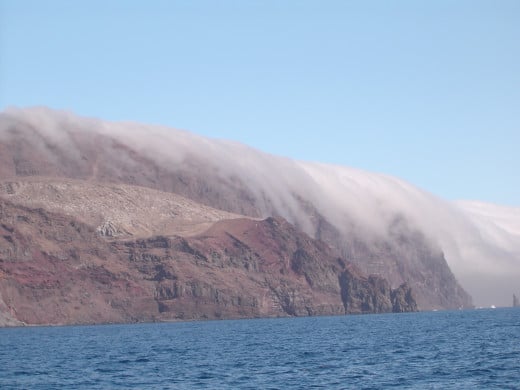
The Best Place on Earth to See Great White Sharks
After researching a few shark tour operators on the Internet, I learned that Isla Guadalupe – a small volcanic island, 200 miles off Mexico’s Baja Peninsula – is one of the best places for cage diving with Great White sharks. Dubbed the “Island of the Great White Shark,” Guadalupe is an ideal spot for Great White shark encounters as visibility is an exceptional 100+ feet, the water temperature is in the high 60s to low 70s and the water is calm.
Fall is the peak season for shark tours in this area because there is a large population of sharks patrolling the waters off the island. These sharks feed on tuna and sea lions before leaving on their transoceanic crossings to the middle of the Pacific and as far away as Hawaii. The tour costs between $2500 and $3000 USD, which includes room and board for five days on a dive boat.
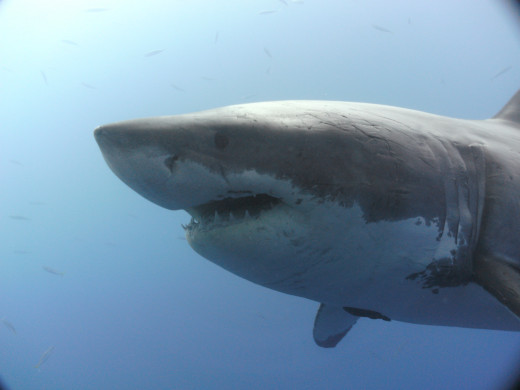
Guadalupe's Great White Sharks
The entire trip was really quite extraordinary. After flying to San Diego, I met up with the rest of my tour group at the designated hotel. We were bussed to the Mexican port of Ensenada where our boat was waiting for us.
During the 20 hour crossing to Guadalupe we had the good fortune of encountering at least a hundred migrating Sperm whales! Our captain stopped the boat to launch a small zodiac so we could get a closer look. After about two and half hours of whale watching, we carried on to our destination for three days of cage diving.
On our first day, we only saw sharks from a distance. My biggest fear at the time was that I may not get to see any sharks up close at all. Luckily, the action we saw on the remaining two days more than made up for our initial disappointment. On day two, immediately upon descending in the submersible cages, we had a large 17ft + female appear from below. It's hard to explain just how massive these sharks are and pictures certainly do not do them justice. Another interesting feature about Great White sharks is that their eyes are dark blue, not the empty, black, lifeless eyes that have been described most famously in Steven Spielberg's JAWS.
The large female continuously made a figure 8 pattern around us; moving gently and gracefully within a few feet of the cages. I was amazed at how muscular her back and tail were and at how effortlessly she swam. She glided through the water without even making a full tail stroke! My impression was that she was very comfortable with us – on one pass she even tilted slightly and showed us her underside. She only appeared agitated when a smaller male shark appeared. The male shark made a few quick passes before moving on to give way to the female.
What was truly amazing was watching the female interact with a playful sea lion. While the sea lion was on the surface, the shark gently glided toward it. The sea lion did not appear alarmed and performed an underwater acrobatic display as they dove back down together. Near the bottom of the ocean, the sea lion was observed chasing the shark away; nipping at her tail.
Needless to say, most of us were stunned by what we saw and wondered why the shark had not attacked the sea lion as one would expect. One explanation, offered by a shark specialist, was that Great Whites tend to be opportunistic hunters that rely heavily on the element of surprise. Since the more manoeuvrable sea lion could see the shark, the shark didn’t stand a chance. This type of behavior was observed several times and really livened things up. I thought it was quite remarkable to witness this level of predator-prey interaction.
One thing that did not happen was that the sharks never "attacked" the cage. With the exception of 1 shark who mouthed a cage, the majority of the time the sharks just swam around us. In fact, the sharks appeared quite curious and docile. On both my trips to Guadelupe Island I observed similar behavior which leads me to believe that when you see videos of sharks attacking a cage it's because someone has baited the cage and in effect staged the whole thing.
There Is No Such Thing As A "Great White Serial Killer!"
Yes, that's right there is no such thing as a "Great White Serial Killer!" Over the past few years I've watched with growing disappointment Discovery Channel's treatment of sharks, particularly Great Whites, on their Shark Week specials. It's clear that Discovery has moved away from informative documentaries backed by scientific facts in favor of low quality, sensational, manufactured content that is designed to reinforce the popular image of sharks as mindless killers. But I guess that's what gets the ratings these days.
Ask anyone who has ever scuba dived with any kind of shark and they will most certainly tell you that, far from being the aggressive bloodthirsty killers as they are most often portrayed, most sharks are actually quite cautious around humans. In fact, from my own experience I can say that the sharks that appeared to be the most cautious were the large Tiger sharks and Great Whites!
That's not to say that these animals don't pose a risk to humans, my point is that that risk has been exaggerated far beyond proportion. After seeing these animals up close I can definitely say that if they were intent on attacking and killing a human there wouldn't be any shark attack survivors. Once these sharks get beyond 14 feet they are certainly large enough to bite a person in half and completely capable of swallowing a person whole. The fact that sharks of that size rarely if ever exhibit that behavior leads me to conclude that, while they do bite people on occasion, sharks do not consider humans to be their prey.
Great Shark Books For Kids
Conclusion: Eco Tourism and Conservation
My experience observing Great White sharks on Guadalupe Island has taught me that these animals are more socially complex than most people think. The popular image of sharks as mindless eating machines couldn’t be further from the truth. The sharks never attacked the cages or made any aggressive move towards us. To be sure, these animals command respect and they can be dangerous to humans, but they also have another side.
The most amazing part of the entire experience was that it offered a rare glimpse into the social interactions of Great White sharks with humans, with a sea lion – one of their prey items – and with each other. It goes without saying that cage diving with Great White sharks was one of the most exhilarating and memorable experiences of my life. I will definitely be going back to do it again.
Yet, as I recount the fond memories of my experience, my thoughts turn toward the future of these magnificent animals. Shark populations worldwide are rapidly declining due to over-fishing, trophy hunting and the cruel practice of shark-finning. Hopefully the shark tourism industry, offered by responsible operators, will help raise public awareness about the importance of sharks in the marine ecosystem and promote their conservation.
For more information about Great White Sharks, check out this article on Shark Munch.




